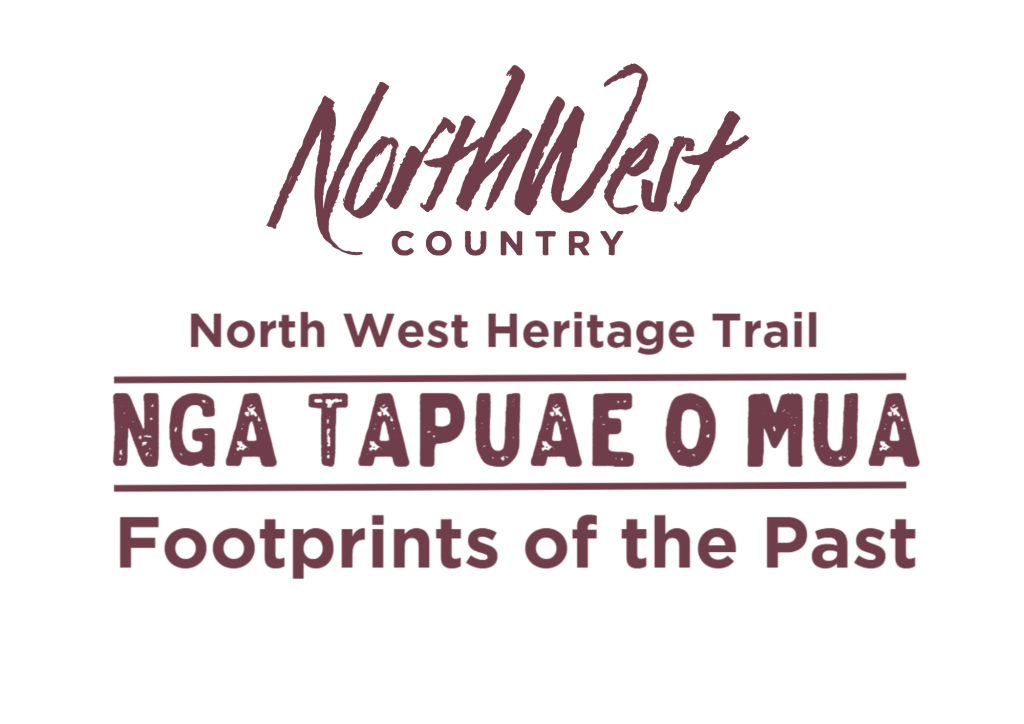
KO TE HOAHOANGA
He iti rawa ngā whare i ngā wā i mua, i te taenga mai o te Pākehā. I hangaia e te iwi Māori ngā whare moe, ngā pātaka, ngā kāuta hoki. He iwi pāpori rātou. I hangaia e ngā Pākehā he toa, he hōtēra, he pēke, he wāhi hoko kai. He maha ngā whare o te Pākehā, ā, he nui. I pau te whenua i ngā whare.
Architecture
Māori needed very few buildings – they had sleeping houses, food stores and occasionally cook houses and meeting houses. When Europeans arrived, they constructed buildings for trading, for cows, for justice, for learning, a house for each family, and even buildings for money. Te Awaroa, Helensville is considered a heritage town because of its many old buildings, but due to the materials available and a somewhat mobile population, there are no Māori buildings left in town.
Hoahoanga – Architecture
Māori kāinga (settlement) at Te Awaroa (Helensville) showing whare (houses) and waka (canoes). Photo by DM Beere, 1863, Auckland Libraries Heritage Collections, 4-1163. (No known copyright).
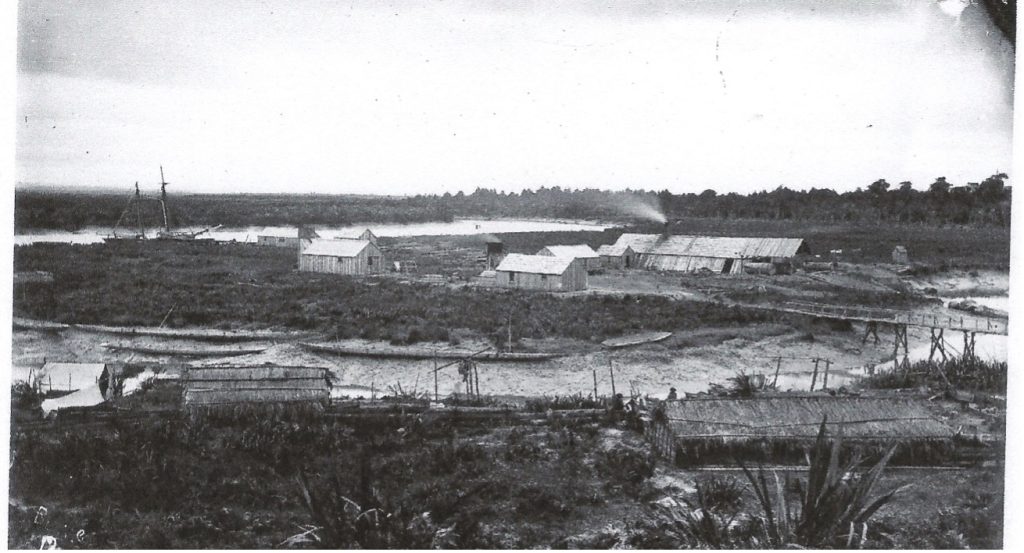
Villages and cultivations were generally located on the fringe of the higher country at the mouth of the tributary streams flowing into the Kaipara and it was here that Māori built whare from Manuka trunks with Nikau frond roofing. A photo by Daniel M Beere from the 1860’s shows whare on the Southern bank of the Awaroa stream which were quite large and long. When the McLeod brothers arrived with their families in 1862, they had no homes and Māori built two smaller whare for them until their permanent homes were built.
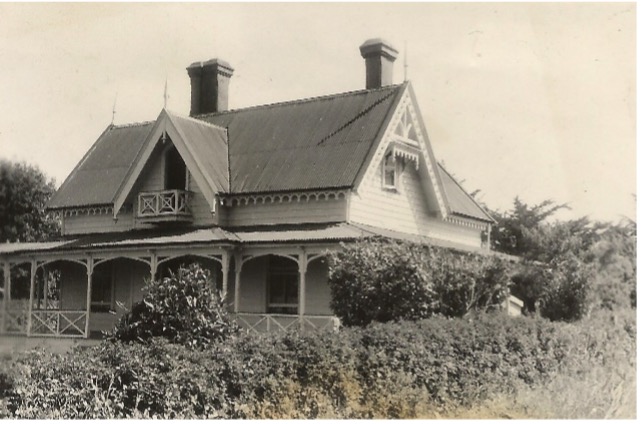
Te Makiri belonging to Judge Rogan – thanks to Helensville Museum
Two early notable homes in Te Awaroa belonged to John and Helen McLeod and to Judge Rogan. By 1863-64 McLeods owned the Otamateanui block of 360 acres at the north end of Te Awaroa and built a single storied home with twelve rooms on an elevated site in what is now Nelson Street. This was later pulled down by Daniel Stewart and replaced on the same site by the present two-storied house.
“Te Makiri”, which still stands in Makiri Street, was built in the 1860’s by Judge John Rogan while he was Resident Magistrate in Te Awaroa. It was designed by architect James Wrigley and built of heart kauri from Dargaville. It is a great example of Carpenter Gothic architecture. From 1862 homes were able to be built of locally sawn timber, mostly kauri, and a basic design for a small settler’s cottage was soon developed which had two main rooms with a lean-to kitchen or bedroom at the back and a veranda at the front.
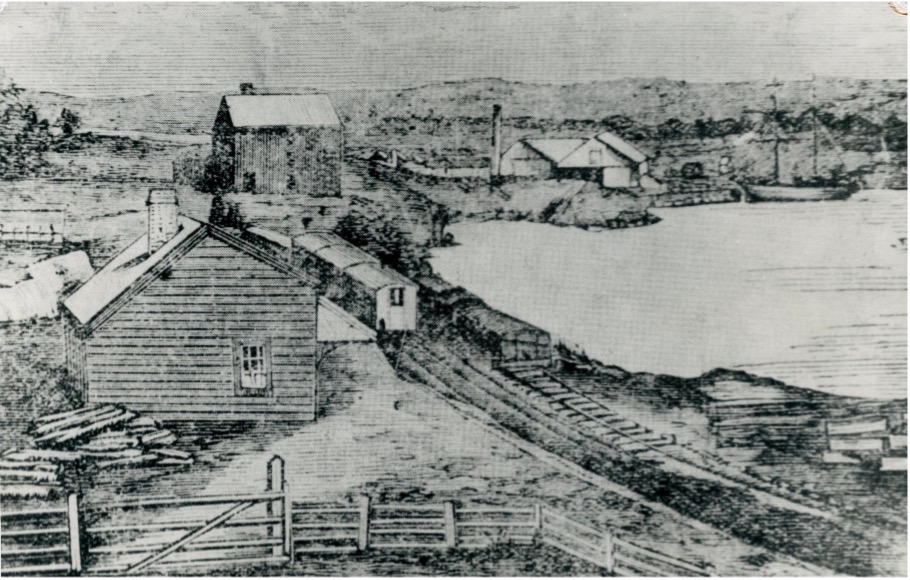
Sketch of Helensville South Station 1883 – courtesy Helensville Museum
As the township developed and new businesses sprouted, more homes were needed. This was especially so when the Railway opened in 1875. The first Helensville station was just below the original Courthouse location in Commercial Road. It was very ornate with several rooms and a fireplace. It was later shifted to become the NZ Railways employee’s cottage Mt. Rex.
In 1918, after WW1, about 3000 railwaymen returned from overseas service and were given railway jobs which in turn created a need to house them. In 1920, the Railways Department set up a factory in Hamilton to mass-produce prefabricated houses, which were then transported by train. The construction of railway houses continued until 1928.They were the first ‘State’ houses in Aotearoa. Te Awaroa had up to 25 railway houses. Some of these can still be seen today in Awaroa Road and Miro Street. They are easily recognised by the small veranda at the front door and the two sash windows on either side. A larger ‘Stationmaster’s’ house was built near the old Post Office.
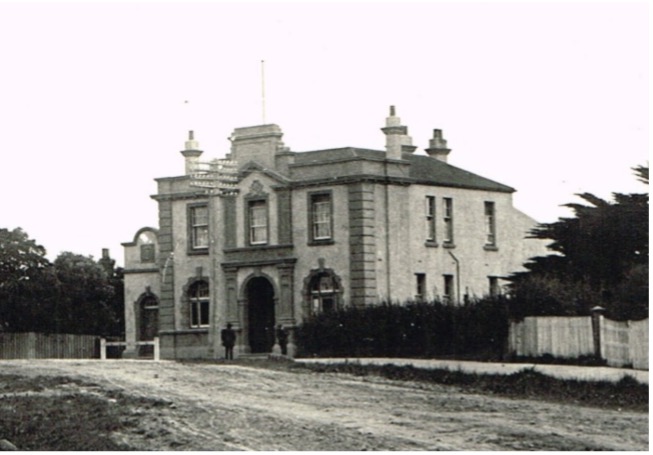
Helensville Post Office c.1912 – courtesy of Helensville Museum
Initially, Te Awaroa developed in two distinct areas – Helensville North and Helensville South. A rivalry built and there was a great deal of lobbying for the location of the Post Office. Finally, a central position was selected, and the Post Office was completed in 1911. It provided mail and telegraph services, a Registry of Births, Deaths and Marriages, a telephone exchange and later bank facilities. The building (including the outer houses) remains much as it was, other than the reshaping of the parapet and flagstaff in the 1960’s. It is now a private residence with office space, the building has more recently featured in the ‘Brokenwood Mysteries’ television series as a police station.
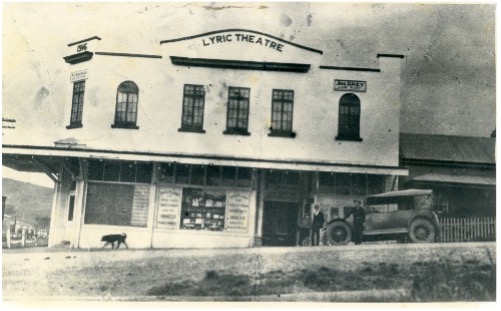
Lyric Theatre where BNZ shifted from the Terminus Hotel – courtesy of Helensville Museum
The BNZ first had an agency in The Terminus Hotel (where the Grand Hotel now stands). It then moved to premises built by the Stewart Brothers adjoining the Lyric Theatre. There was no strongroom so each evening the Manager, Mr George Murphy, took the money from the BNZ to be held in the Strongroom of the Union Bank on the opposite side of Commercial Road. Now a private residence the ‘old’ BNZ was built in 1924.
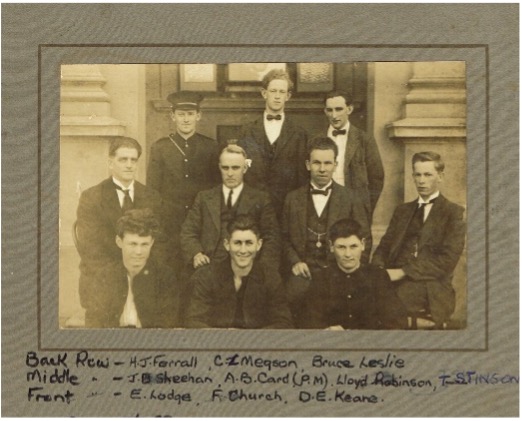
 Post Office staff 1926 – courtesy of Helensville Museum
Post Office staff 1926 – courtesy of Helensville Museum
See Papers Past
Advert for Judge Rogan’s house: Erection of house 16-9-1867
People & Their Stories…
Alfred Becroft
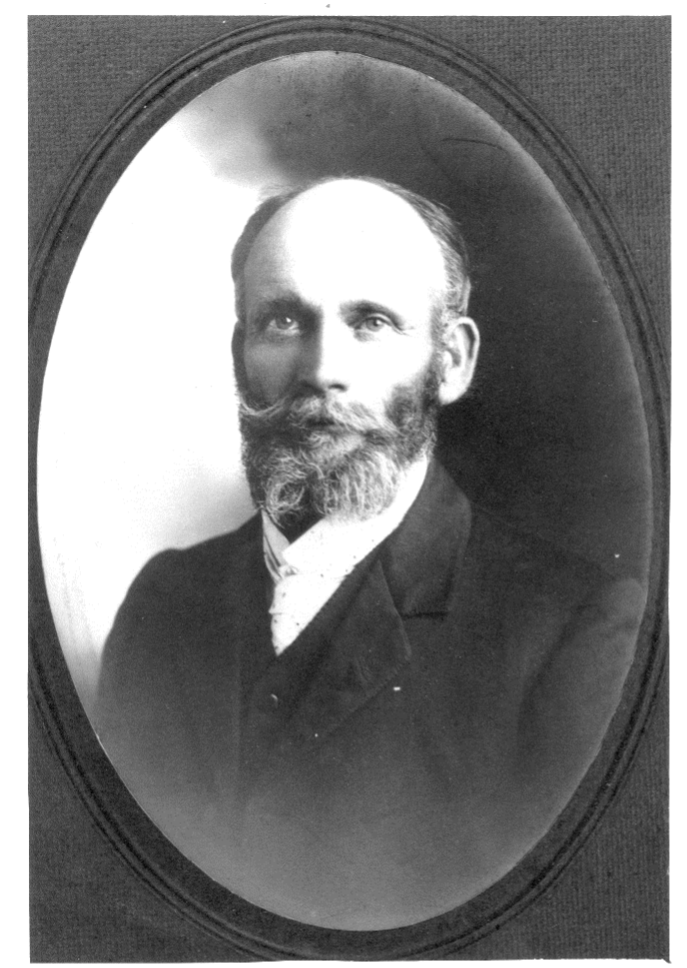
Coming from Port Albert, Alfred Becroft arrived in Te Awaroa (Helensville) in 1883. He married Alice Ballans in 1884. Alfred was a builder and contractor and there followed a lifetime’s association with building in and around the district. He was outstanding in his trade, a respected citizen, worker, and officeholder for many organisations until his death in 1919. Alfred built many of the houses in Te Awaroa. He also dismantled the flour mill in the late 1880’s, transported buildings by bullock team and built the first big public bath at the Hot Springs in Kaipatiki (Parakai) in 1912. Alfred was followed into the trade by three of his sons and today several buildings remain in Te Awaroa which were erected by the Becroft family.
